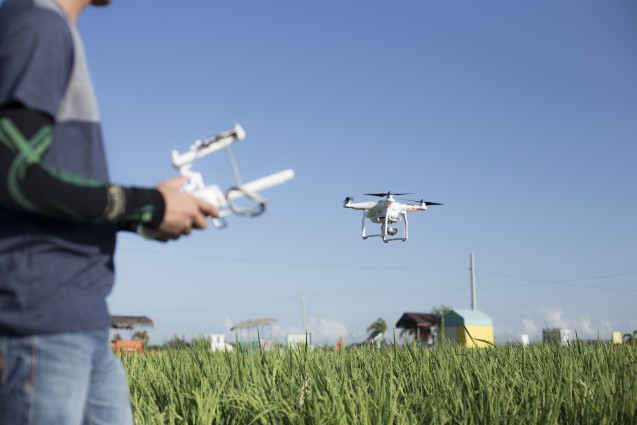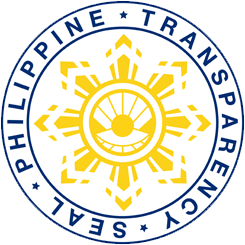
Photo by Jayson Berto
The June 11, 2018 issue of Time Magazine captivated the world’s attention after it featured nearly a thousand drones to form its cover design. Beyond this futuristic cover, the use of technology in medicine, photography, and historical preservation were featured in the special reports uploaded in the magazine’s website.
Some of those uses, like aerial photography, are already penetrating the Philippines with different possibilities especially for the agriculture sector. These possibilities are already being explored primarily in rice research.
The PhilRice drone journey
In 2014, PhilRice started using drone for rice research through FutureRice Program (FRP) seminars and demonstrations in partnership with the University of Southern Mindanao. The technology was tested in determining color differences of experimental plots for the Minus-One Element Technique (MOET), which is used in nutrient management. In this demonstration, the MOET plots were seen greener, showing that the technique is effective.
This pilot exploration was followed by wider application of drone in the Institute. In 2016, FRP started acquiring units of drones. Currently, it has three quadcopters with built-in RGB camera and two fixed wing with detachable infrared camera or RGB camera.
PhilRice’s Nehemiah L. Caballong, Information Systems Researcher III, said that these units are being used supplement researchers and extension workers in monitoring pest incidences, nutrient status of rice, lodging after heavy rains, missing hills, and uneven greenness. It is also used for aerial farm mapping.
Caballong also added that farm drone school catering farmers, students, and extension workers is also part of FRP’s vision in continuing the use of drone in rice R4D.
Technology adoption: bringing the technology on the ground
Roger F. Barroga, FRP program leader, said that though the technology is already available commercially, its application in rice farming has not yet taken off.
“PhilRice and other public and private organizations are already exploring it so that it can finally be brought to the ground, making it less elusive to more Filipino rice stakeholders,” also the PhilRice’s Information Systems Division head, said.
Recently, PhilRice signed a MOA with New Hope Corporation, a Davao-based drone company, to advance drone in rice research, specifically in fertilizer application, seeding, and pest management.
In their testing, Barroga, a 2018 Pagasa Awardee, said that the drone uses only 16 liters (one tank-load of knapsack sprayer) of spray per hectare – a whooping difference from the 160 l/ha applied by the farmers using knapsack. This drastic change in volume can make the farmers turn skeptical on its effectiveness for pest management in addition to investment, roughly ranging from P500,000 to a million pesos.
With further exploration in research and farm demonstrations, adoption barriers can be reduced with the use of fewer kilograms of seeds per hectare (from 2-3 bags to just 1 bag/ha), which the Institute promotes.
Future of drone in the Philippine agriculture
For Barroga, exploring the technology serves at least two purposes: first is to bring it further to the ground for wide scale application and second is to attract young people to go back to farming.
By bringing it to the ground, rice stakeholders in awe of this flying technology would cease to feel that it is out of reach in their lives. Through service providers, drone spraying can be made accessible to farmers at a price roughly ranging from P850 to P1,500 rental fee per hectare.
He also added that drones are being used by women students from universities like Technological University of the Philippines in the FutureRice Farm.




